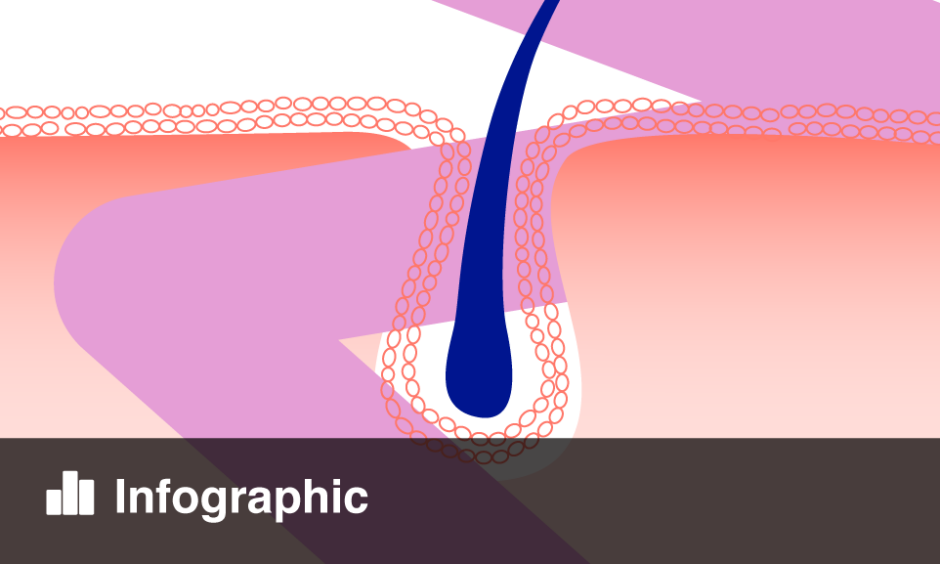BACKGROUND AND AIM
Despite the widespread prevalence of the human papillomavirus (HPV) and the variety of clinical variants associated with carrying the virus, issues associated with the manifestation of HPV continue to be studied.1 Detailing the factors contributing to the transition of HPV to a clinically expressed form is the key to successful prevention of relapse.2,3 The classic variant of the manifest form of HPV is condyloma acuminate (CA), the course of which depends on a number of provoking factors.4 The aim of the authors work was to assess the background of herpesvirus infections (HVI) in patients with CA of the genitals.
MATERIALS AND METHODS
The study is based on the results of examination of 101 woman of fertile age (18–44 years), diagnosed with CA. Microbiological diagnostics of infections of the urogenital tract and ELISA diagnostics of blood serum were the methods used to determine specific antibodies of Class M and G to herpes simplex virus (HSV) Types 1 (HSV-1) and 2 (HSV-2) and cytomegalovirus (CMV). PCR diagnostics of scrapings from the cervical and urethral canal were also carried out for the diagnosis of the above pathogens, and HPV 16/18 and 31/33.
RESULTS
In the ELISA results of blood serum, a multiple increase in relation to the control of the level of specific antibodies of Class G to HSV-1 was detected in 45 (44.6%) patients, HSV-2 in 38 (37.6%), the association of HSV Types 1 and 2 in 17 (16.8%) women, and CMV in 39 (38.6%) examined patients. Most of the studies were confirmed by PCR testing. Furthermore, PCR diagnostics additionally revealed the presence of HVI in another 22 (21.8%) patients. The presence of herpesvirus pathogens was detected in 53 (52.5%) patients, in connection with which the authors analysed possible CA trigger factors in the subgroup of 48 patients both with and without HVI (47.5%). Analysis of the factors contributing to the appearance of CA showed that factors such as taking antibiotics and the presence of concomitant microflora of the urogenital tract were more common in patients with HVI, while taking hormonal drugs, the presence of CA in a partner, the presence of skin foci of HPV of other localisation, anaemia, and malnutrition more often occurred in patients without HVI. With regard to the clinical picture of CA, some differences were also revealed. Thus, in the group of patients with HVI, a large lesion area and large size of rashes were noted, while in the second observation group, the rashes were smaller, located more sparsely, and had a smaller lesion area. With regard to the characteristics of inflammatory phenomena, the number of relapses and complications (e.g., bleeding) were more severe in the group of patients with concomitant HVI and the presence of HPV Types 16/18. In contrast, in the group of patients with an absence of HPV oncotypes and low titers of specific antiherpetic antibodies, inflammatory phenomena were expressed scarcely. While complications in the form of bleeding were observed in this group, relapses were rare.
CONCLUSION
Thus, it can be concluded that herpesvirus infection often accompanies clinical forms of HPV, such as CA. The presence of HVI can increase the likelihood of the presence of oncogenic HPV Types 16/18 and 31/33. Taking antibiotics and hormonal drugs, which have an immunosuppressive effect, can contribute to the manifestation of not only herpesvirus but also papillomavirus infection, which together can increase the viral load and cause clinically more pronounced forms of CA.








